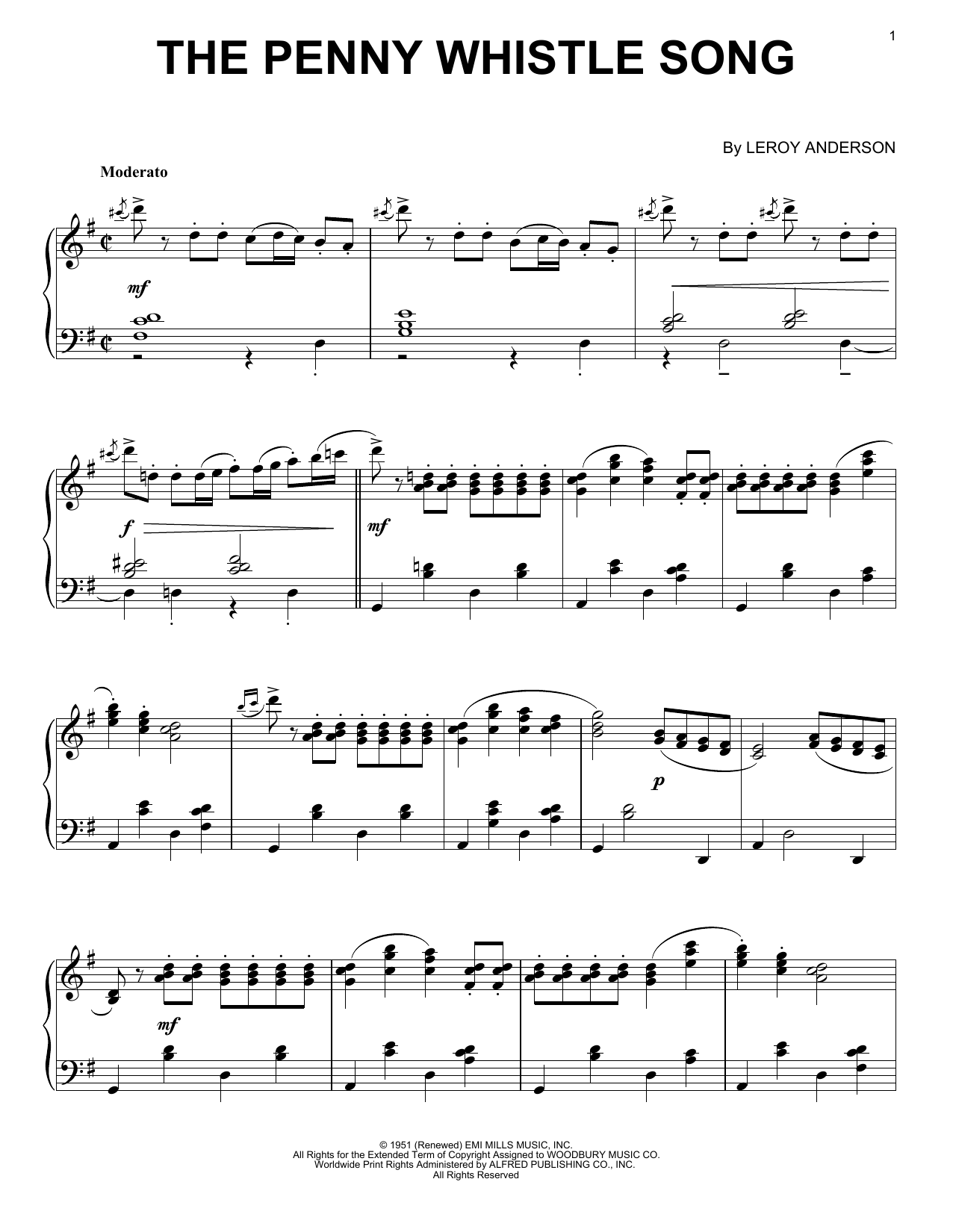The Irish Tin penny whistle can be a simple instrument. It is easy to learn the basics thanks to its simple fingering system and few tone holes. However, there are many advanced techniques that can really make the whistle sound Celtic. This article will give you a quick overview of these techniques and then show you a variation that produces a unique sound for your whistler.
Basic Irish Tin Whistle Ornamentation
Taps and cuts are two of the most fundamental ornaments that Irish tin whistle musicians know. Both can be used to highlight transitions between notes and sometimes to break up a longer held note. They are basically variations of the same technique. To “cut” a sound, simply raise your finger above the lowest note on the instrument and play it again. Then, quickly place it back down. To “tap” a note (as the name suggests), you tap the tone hole below the lowest note. This may seem confusing. A visual example might help to clarify. The X’s and Os below can be thought of as tone holes in a whistle, going from top-to-bottom. O is an open hole, while X is a covered one.
O O O
This imaginary whistle would be a tin whistle with the key of D. To play an A note, your left index and middle finger should be placed over the top two holes. To cut the note, lift your left index finger and tap your left ring finger to do so.
The “Flat Tap” Technique
After you have learned about taps, you can learn how to do the flat tap version. This ornament can also be used as a tap. However, instead of tapping the tonal hole below the current note, you will skip down and tap the next one. This is how the tin whistle works. This can be done by covering a lower-tone hole to alter the pitch and allow you play a flat version. Three holes down is usually enough to achieve a lower pitch. This would be equivalent to tapping your right middle finger with the A note.
X X O
Traditional music doesn’t require flats or sharps from the tin-tie, so this technique can be used instead as ornamentation. A flat tap can be used to accent a note transition better than a basic cut, tap or tap. However, a common use of the flat tap is to quickly tap the same note to produce a vibrating effect or trilling effect, particularly on long-held notes. This technique is demonstrated in the resources section by John Sheahan who is a fiddler and occasionally whistler for Dubliners. He uses the vibrating version of the technique in a musical rendition Raglan Road.
Although the flat tap is not a common technique in traditional Irish music it is an important skill that whistlers should learn.




